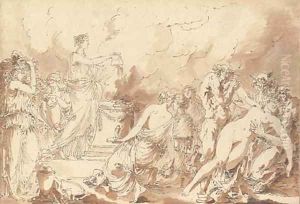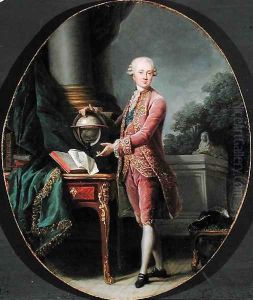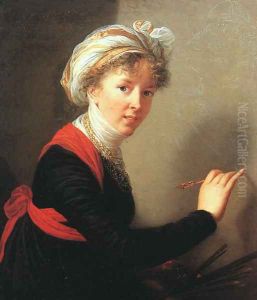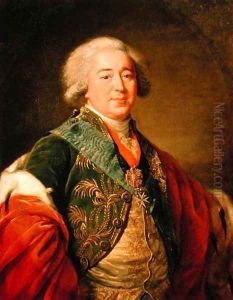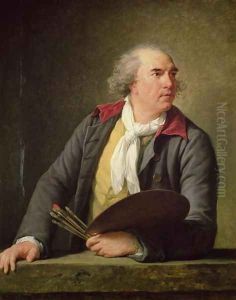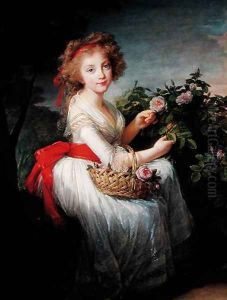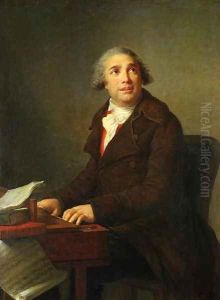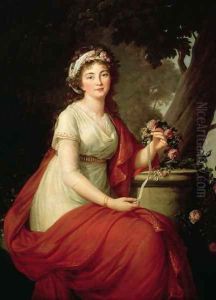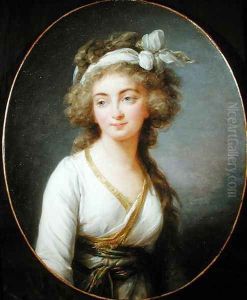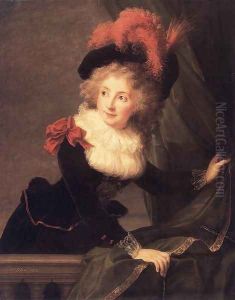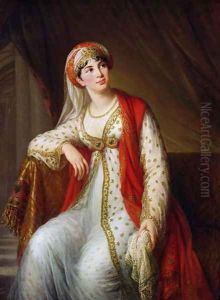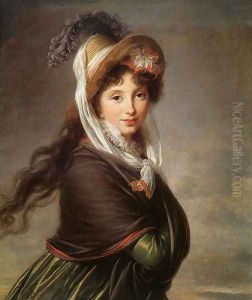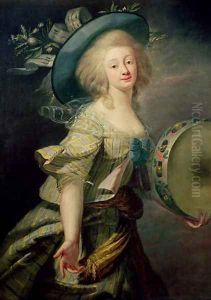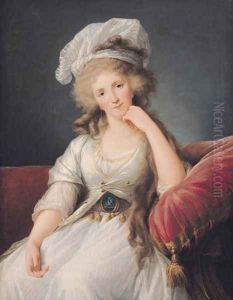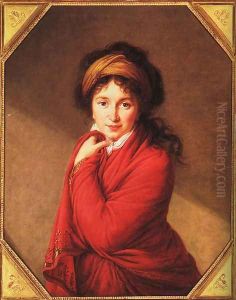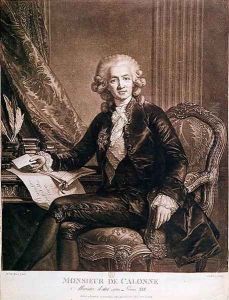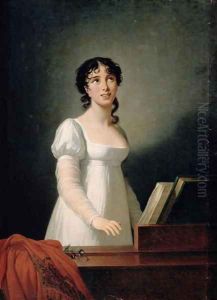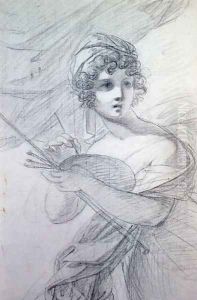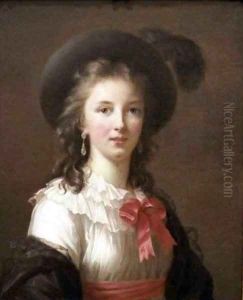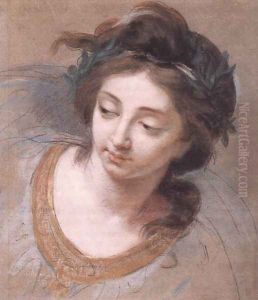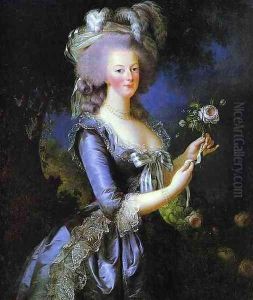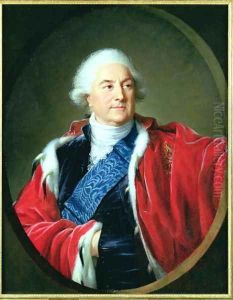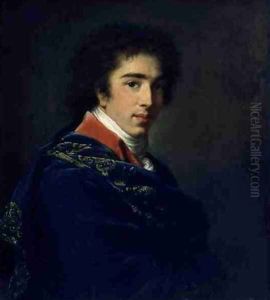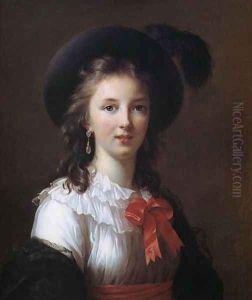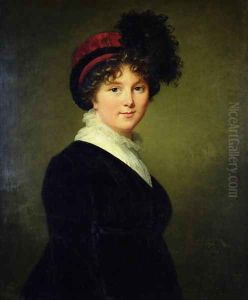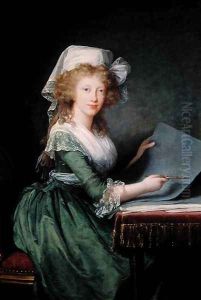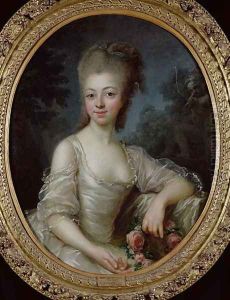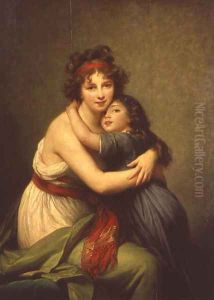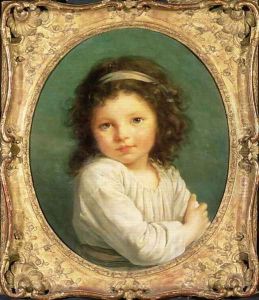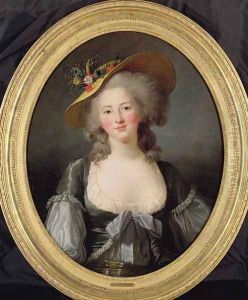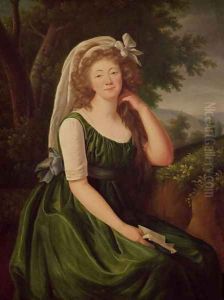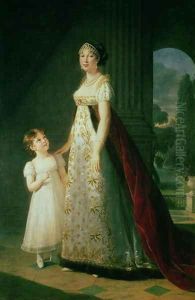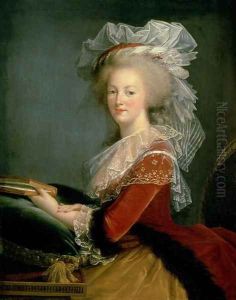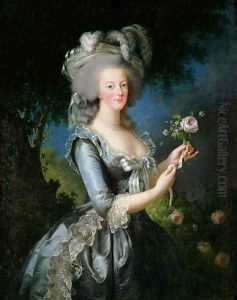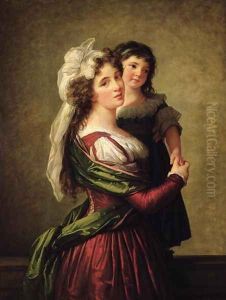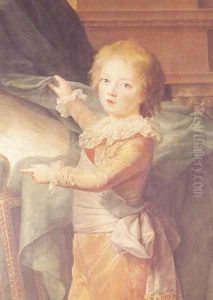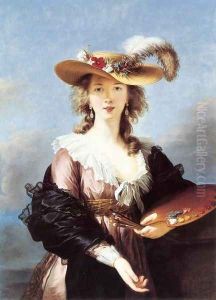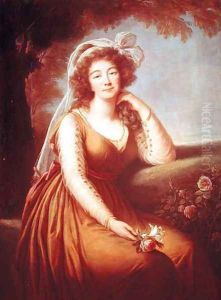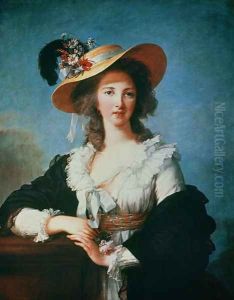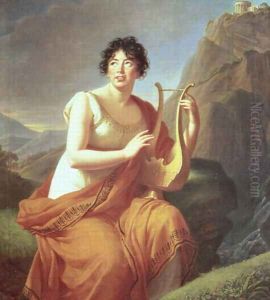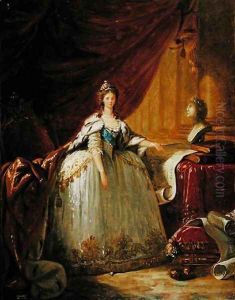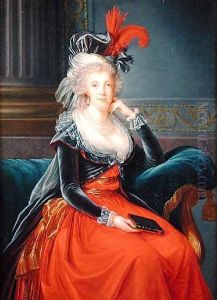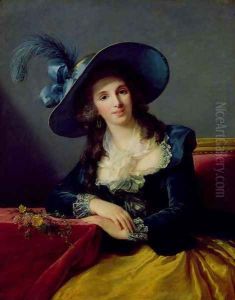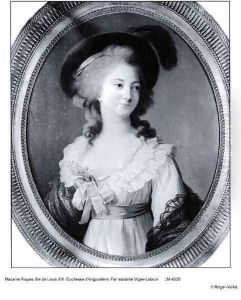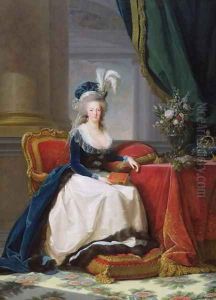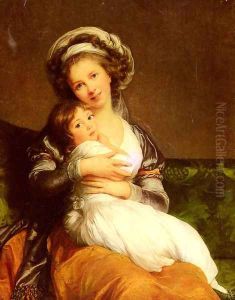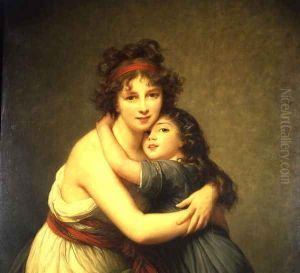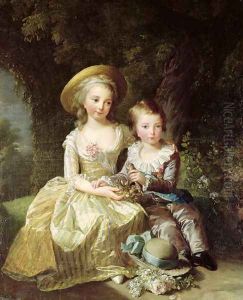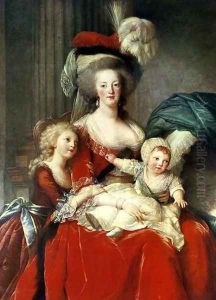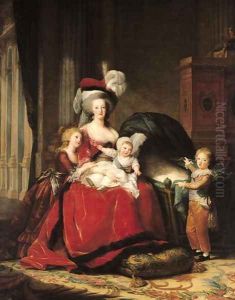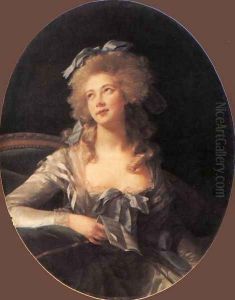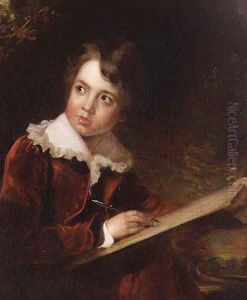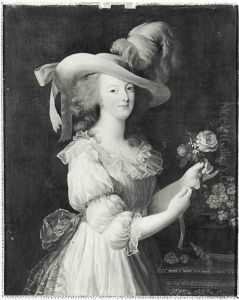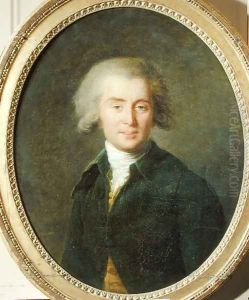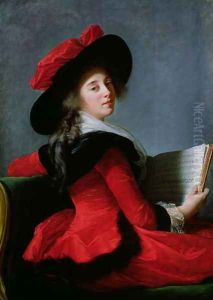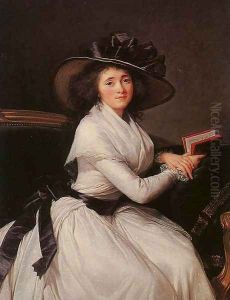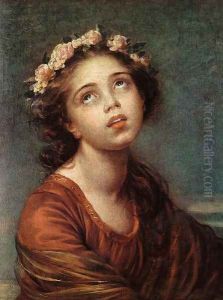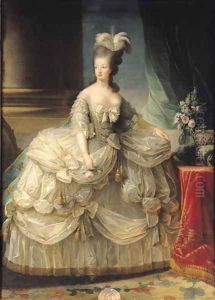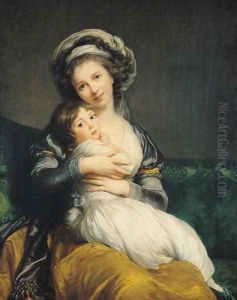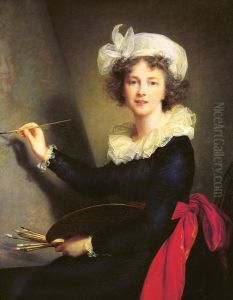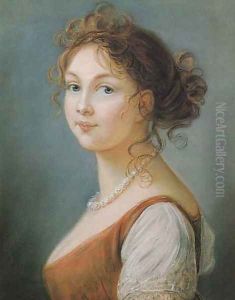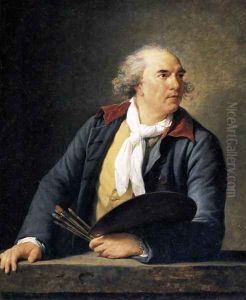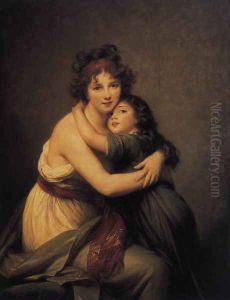Elisabeth Vigee-Lebrun Paintings
Élisabeth Louise Vigée Le Brun was one of the most renowned portrait painters of the 18th century, celebrated for her expressive portrayals of European aristocracy, most notably of Queen Marie Antoinette of France. Born in Paris on April 16, 1755, to a portraitist father and a hairdresser mother, Vigée Le Brun showed an early talent for painting. Her father, Louis Vigée, was a member of the Académie de Saint-Luc and recognized his daughter’s gift, providing her with early training.
Vigée Le Brun’s career took a significant turn when she was summoned to Versailles to paint Marie Antoinette in 1778. This commission marked the beginning of a long-standing relationship with the queen, during which Vigée Le Brun painted more than 30 portraits of her. These works were instrumental in shaping the public image of the queen, often portraying her in a more relatable and maternal light amidst the backdrop of growing public discontent.
Despite her success, Vigée Le Brun’s close association with the French monarchy prior to and during the early stages of the French Revolution forced her to flee France in 1789. She traveled across Europe, finding patrons among the nobility in Italy, Austria, Russia, and Germany, further solidifying her reputation as a leading portraitist of her time. While in exile, she was admitted to several prestigious art academies, including the Accademia di San Luca in Rome, a rare honor for a woman at the time.
Vigée Le Brun returned to France in 1805, under the rule of Napoleon Bonaparte, and continued to work prolifically, painting portraits of the most notable figures of her era. Her style, characterized by a combination of Rococo and Neoclassical elements, vivid expression, and emphasis on naturalism, significantly influenced the development of portrait painting in Europe. Vigée Le Brun was not only a remarkable artist but also a savvy businesswoman and a pioneering female figure in a male-dominated field. She authored her memoirs, which provide a vivid account of her life and the cultural and political luminaries of her time.
Vigée Le Brun’s legacy is marked by her contributions to the art of portraiture and her role in challenging gender norms within the art world. She died in Paris on March 30, 1842, leaving behind a body of work that continues to be celebrated for its elegance, sensitivity, and depth.

